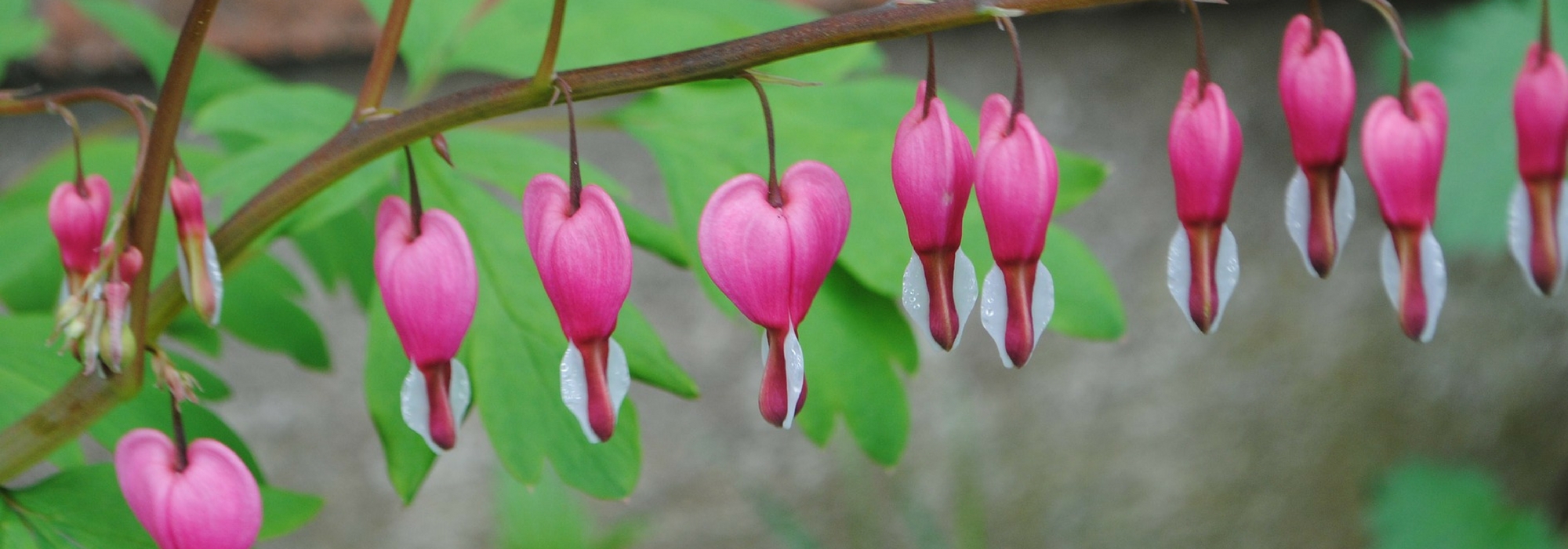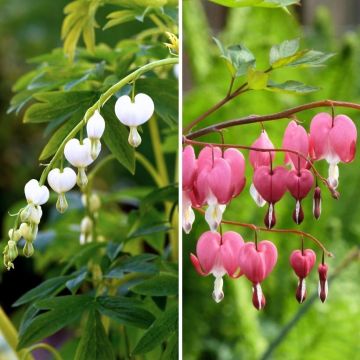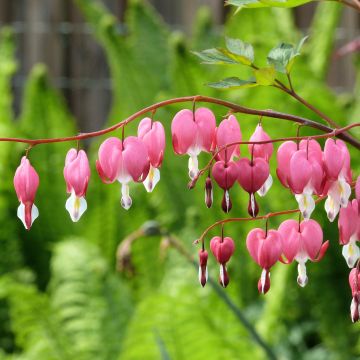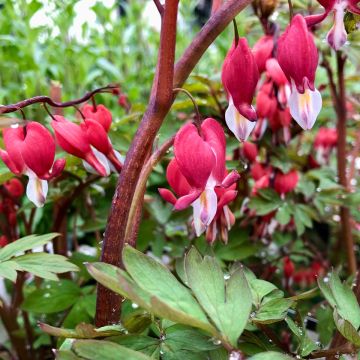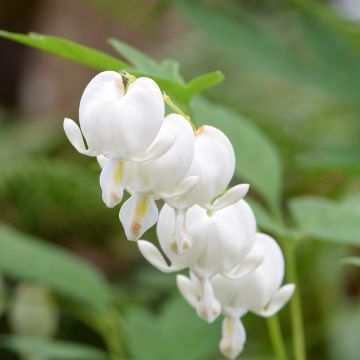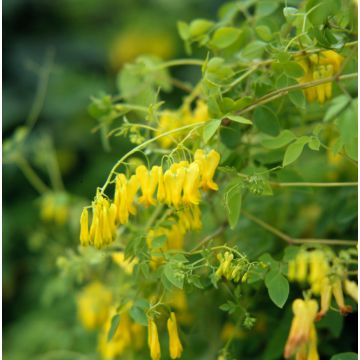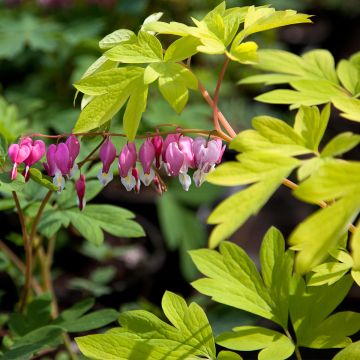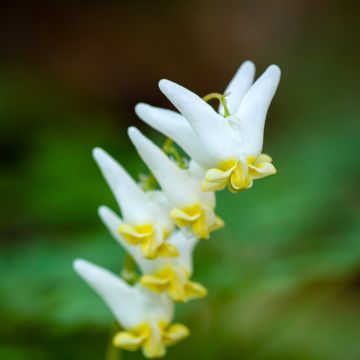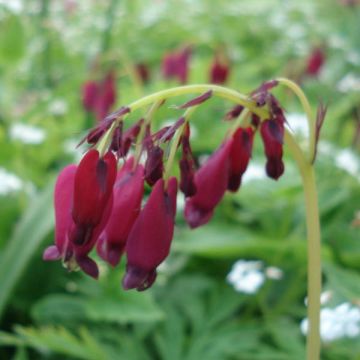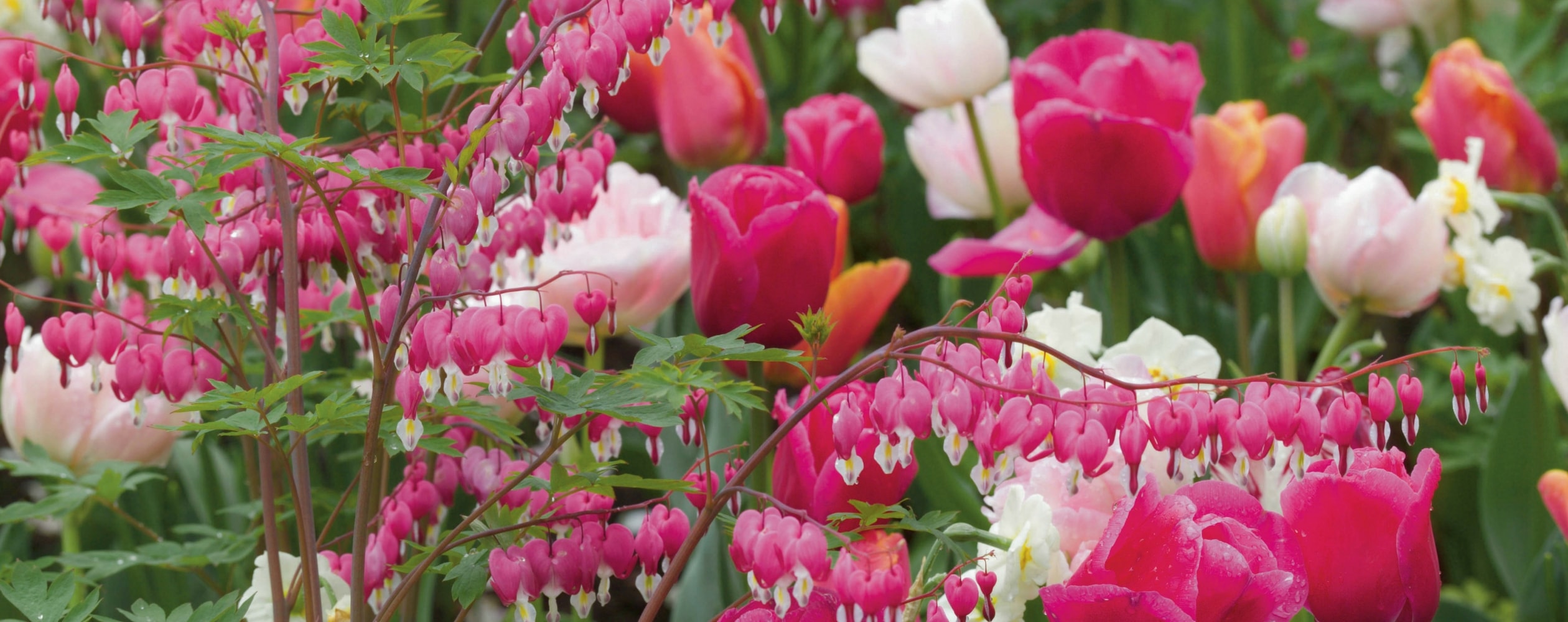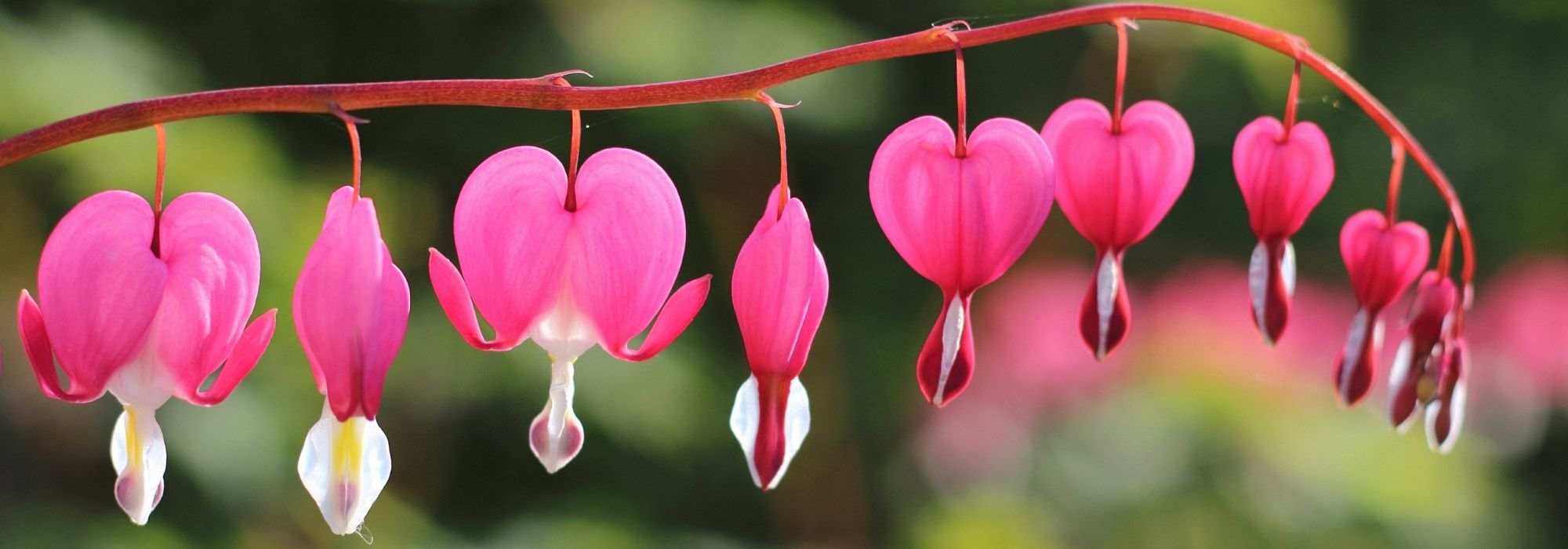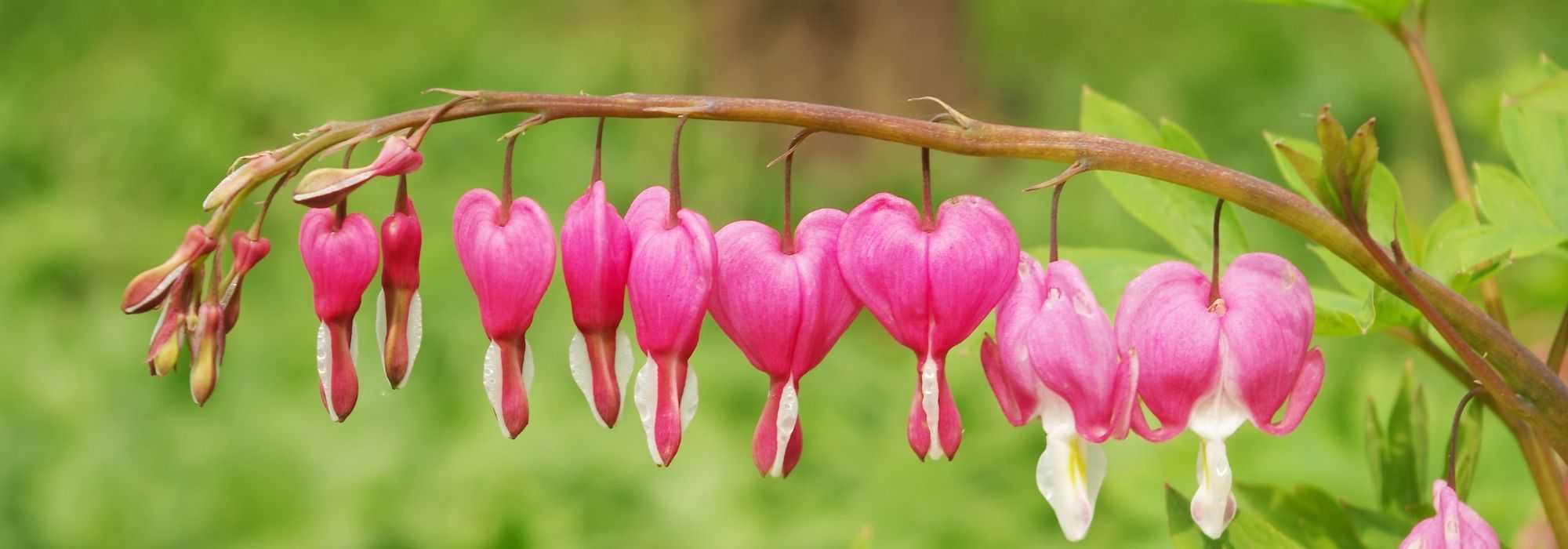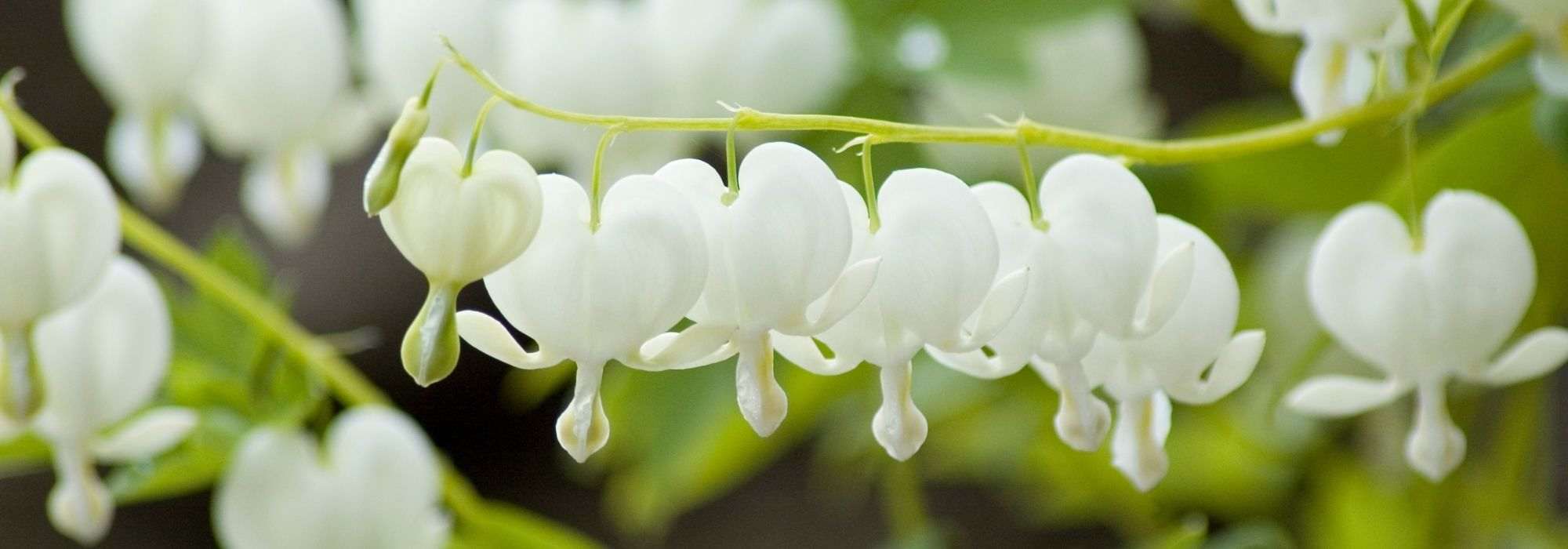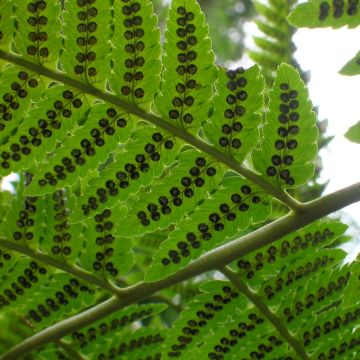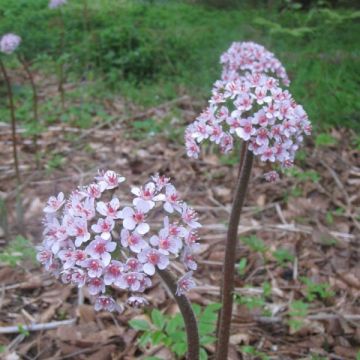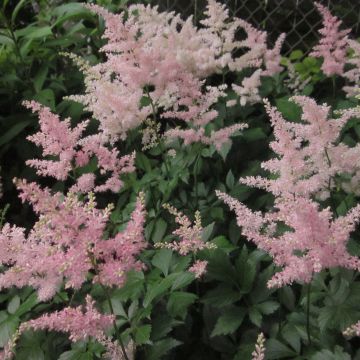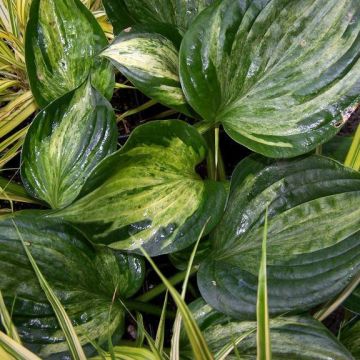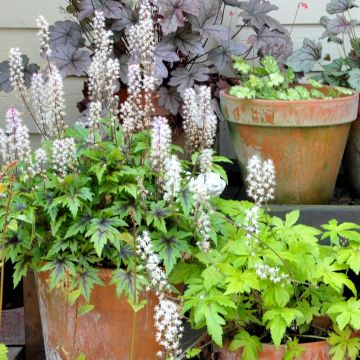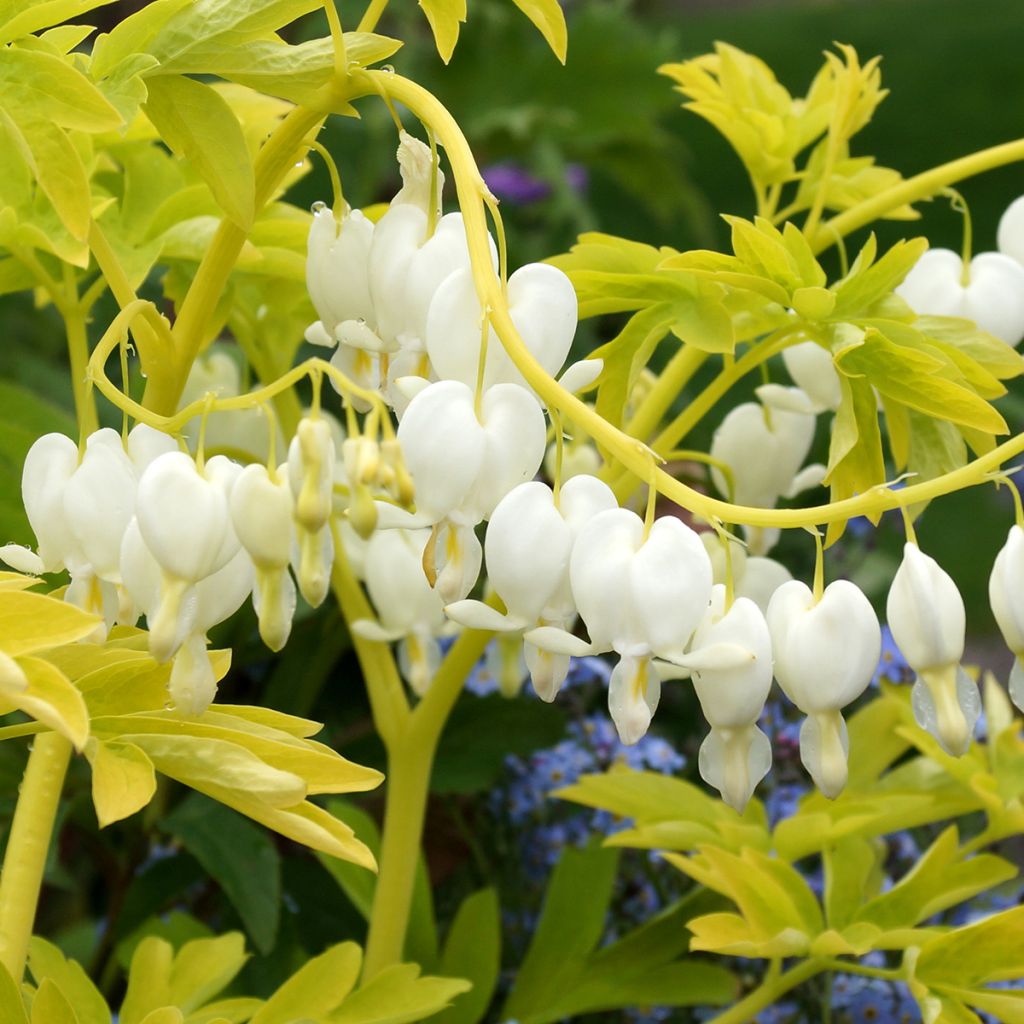

Dicentra spectabilis White Gold
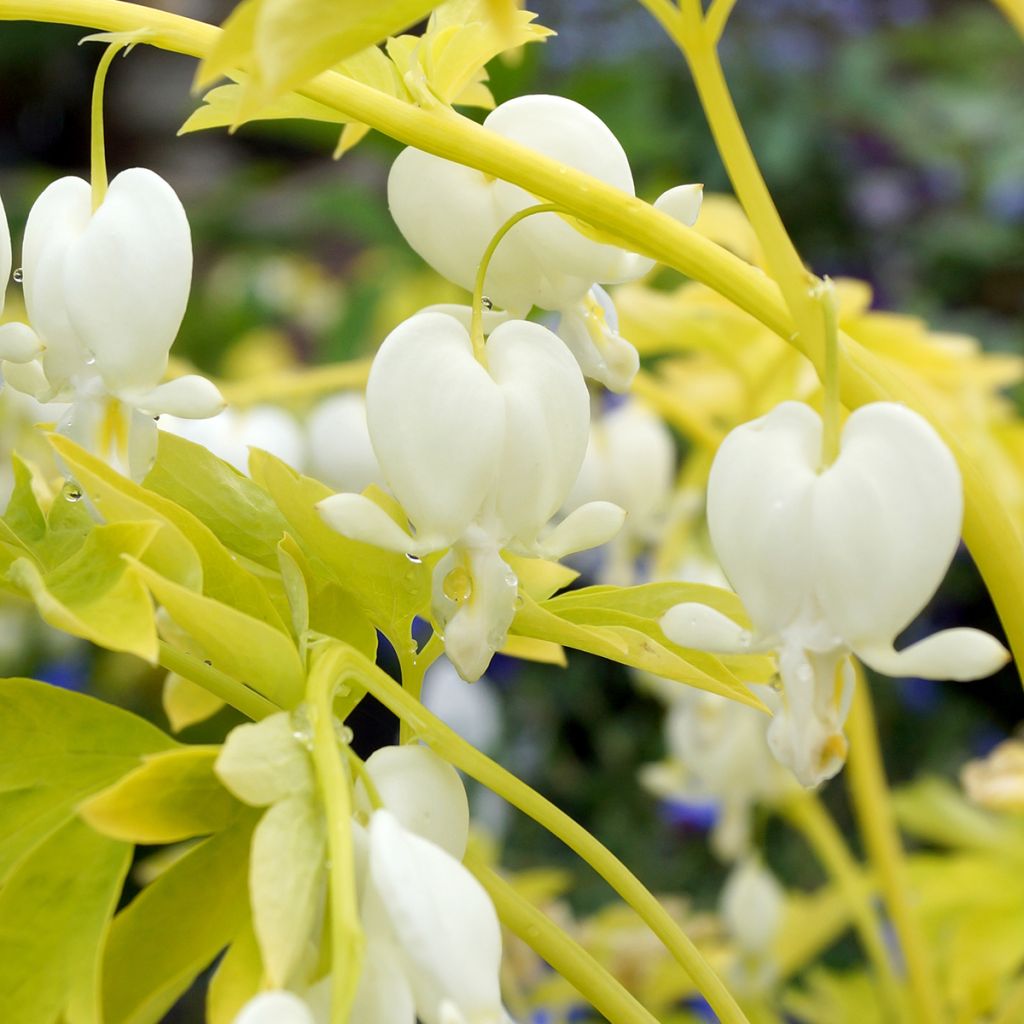

Dicentra spectabilis White Gold
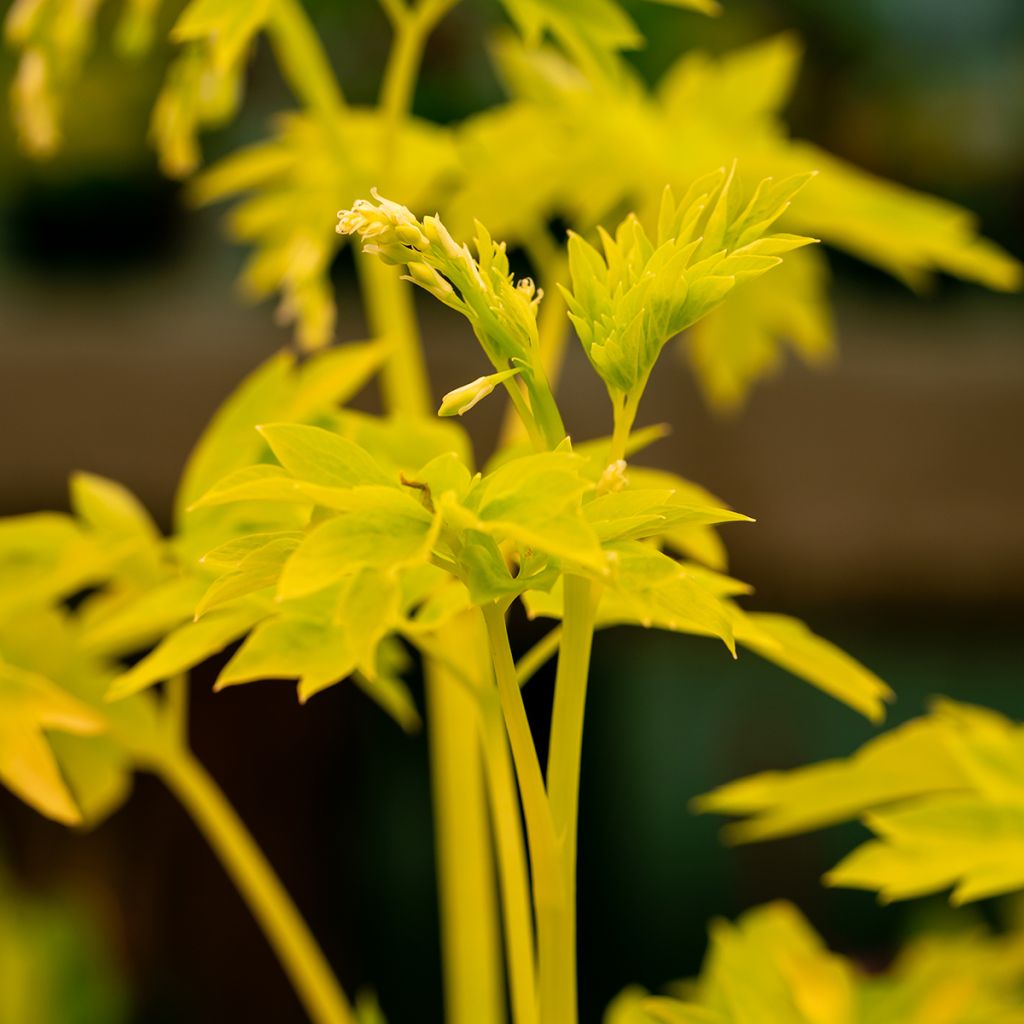

Dicentra spectabilis White Gold
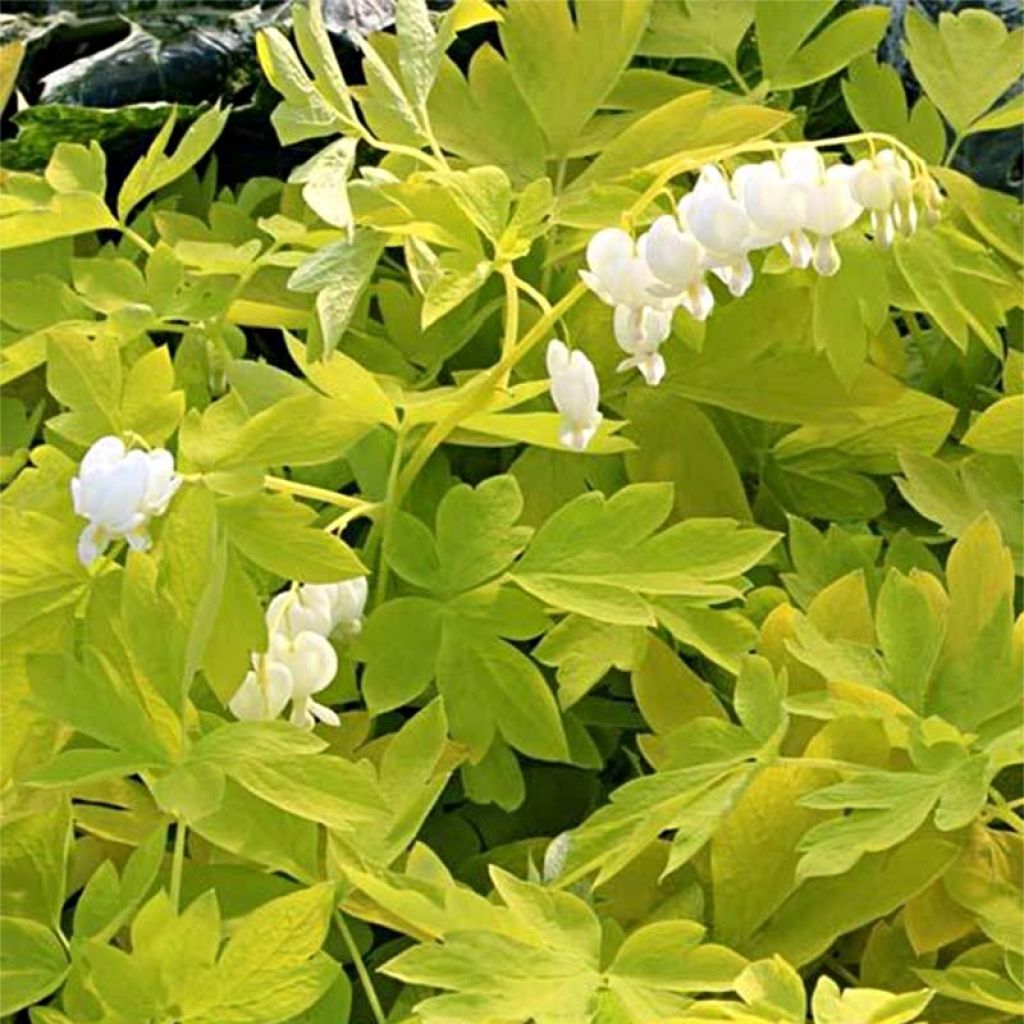

Dicentra spectabilis White Gold
Dicentra spectabilis White Gold
Dicentra spectabilis White Gold ®
Bleeding Heart, Lyre Flower, Lady in a Bath
Planted in the autumn, the young plant has recently started flowering. The foliage is incredibly bright, and the flowers are pure white. In a shadowy flowerbed already well-stocked, it's the flower that catches the eye!
Morgane, 02/05/2023
Special offer!
Receive a €20 voucher for any order over €90 (excluding delivery costs, credit notes, and plastic-free options)!
1- Add your favorite plants to your cart.
2- Once you have reached €90, confirm your order (you can even choose the delivery date!).
3- As soon as your order is shipped, you will receive an email containing your voucher code, valid for 3 months (90 days).
Your voucher is unique and can only be used once, for any order with a minimum value of €20, excluding delivery costs.
Can be combined with other current offers, non-divisible and non-refundable.
Home or relay delivery (depending on size and destination)
Schedule delivery date,
and select date in basket
This plant carries a 12 months recovery warranty
More information
We guarantee the quality of our plants for a full growing cycle, and will replace at our expense any plant that fails to recover under normal climatic and planting conditions.
Would this plant suit my garden?
Set up your Plantfit profile →
Description
Dicentra spectabilis White Gold is a new, bright and vigorous variety of Bleeding Heart to decorate shady and moist areas of the garden. Its finely cut foliage has a beautiful yellow-golden hue that serves as a backdrop for its small, sparkling white, heart-shaped spring flowers. This superb woodland perennial perfectly withstands winter and adapts to any ordinary soil that remains moist.
Dicentra White Gold is derived from Dicentra spectabilis, native to forests in eastern Asia, southern Siberia, and Japan. It belongs to the Papaveraceae family, or the Fumariaceae family according to classifications. It is a rhizomatous and deciduous perennial plant, which disappears in winter and reappears in spring. With rapid growth, it forms a bushy clump in a few years that can reach 60 cm (24in) high and 80 cm (32in) wide. This Bleeding Heart 'White Gold' spreads laterally through trailing rhizomes, which allows it to expand if conditions are favourable, giving the plant a rather luxuriant appearance.
Its stems emerge from the ground in spring bearing divided, delicate feathery, very bright, slightly chartreuse-tinged yellow. Flowering occurs in late spring, May-June depending on the climate, and can continue until July if the soil remains sufficiently moist. Otherwise, the Bleeding Heart goes into dormancy in summer. At the tips of the stems, 3 to 15 pendulous flowers appear, measuring 3 to 5 cm (1 to 2in) high and 2 to 3 cm (1in) wide. Each flower is composed of outer petals forming a heart and inner arrow-shaped petals. In 'White Gold', the flowers are pure white. After pollination by insects, they produce pods that contain round and black seeds surrounded by a white, sticky substance.
White Gold Bleeding Heart is truly easy to grow in most regions but does not like climates that are hot and dry in summer. It finds a place in cottage gardens or natural gardens, always in a cool and shady location. It can be paired with other perennials that do not mind competition from tree or shrub roots. Accompany it with Solomon's Seal, Hardy Fuchsias, Corydalis, Creeping Bugleweed, Japanese Anemones, Balkan Foxglove, and a carpet of Periwinkles, for example.
Most Bleeding Hearts go dormant in summer, but this does not have any harmful consequences.
Dicentra spectabilis White Gold in pictures
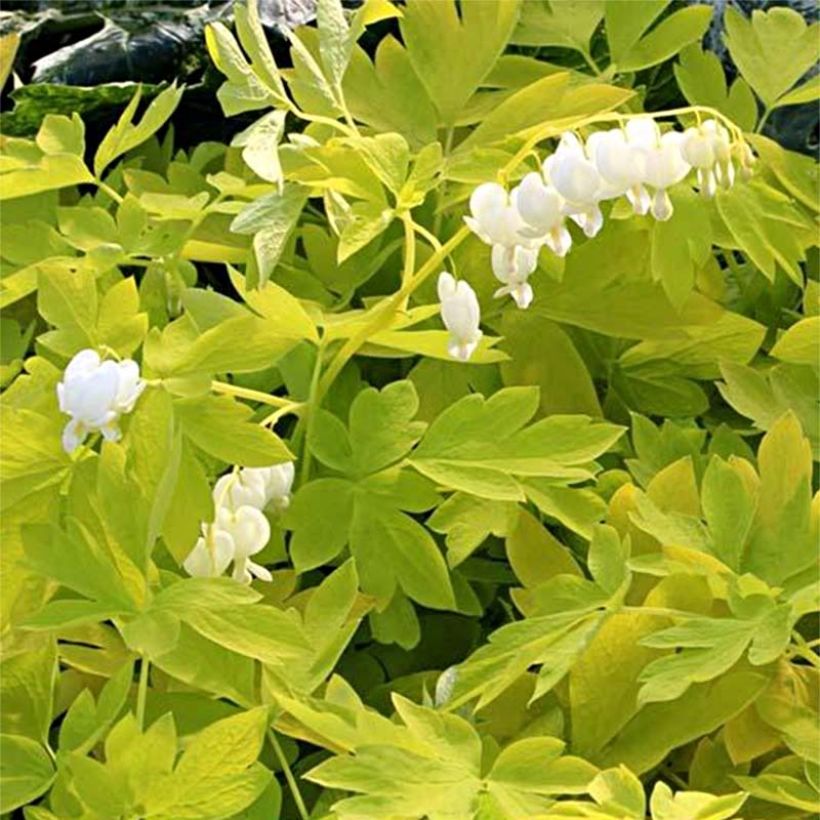

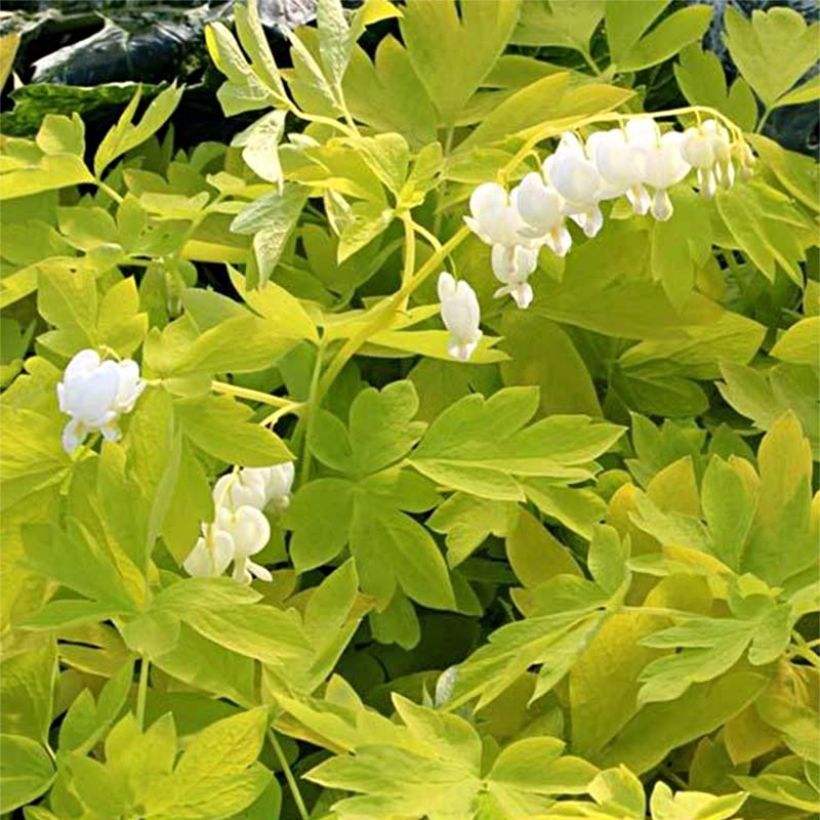

Flowering
Foliage
Plant habit
Botanical data
Dicentra
spectabilis
White Gold ®
Papaveraceae (Fumariaceae)
Bleeding Heart, Lyre Flower, Lady in a Bath
Cultivar or hybrid
Other Dicentra - Bleeding Hearts
View all →Planting and care
White Gold Bleeding Heart (Dicentra spectabilis, now known as Lamprocapnos spectabilis) is a perennial plant found in cool woodland areas of Asia, thriving in partial shade or light sun.
Its fleshy crown requires good garden soil to grow well: well-drained, humus-bearing, rich, and light. It can rot in soil that is too clayey and heavy. It also dislikes hot conditions and dry soils.
This plant undergoes summer dormancy: after flowering in spring, the Bleeding Heart goes dormant with the first heat, and all its above-ground parts dry up and disappear until the following spring. This phenomenon is entirely normal and allows this species to survive the hottest periods without any issues.
If your soil is too poor or sandy, you can add a good layer of dead leaves in autumn, which will enrich and loosen your flower beds after a few years. Avoid synthetic fertilizers as they only enrich the soil in the short term.
Weekly watering is recommended throughout the hot season in the first year, to promote establishment. Stop watering when the leaves turn yellow and disappear.
The tender leaves of the Bleeding Heart are also quite susceptible to slugs and snails at the beginning of growth. Place ashes, eggshells, or, organic deterrents around the crown.
Planting period
Intended location
Care
Planting & care advice
-
, onOrder confirmed
Reply from on Promesse de fleurs
Similar products
Haven't found what you were looking for?
Hardiness is the lowest winter temperature a plant can endure without suffering serious damage or even dying. However, hardiness is affected by location (a sheltered area, such as a patio), protection (winter cover) and soil type (hardiness is improved by well-drained soil).

Photo Sharing Terms & Conditions
In order to encourage gardeners to interact and share their experiences, Promesse de fleurs offers various media enabling content to be uploaded onto its Site - in particular via the ‘Photo sharing’ module.
The User agrees to refrain from:
- Posting any content that is illegal, prejudicial, insulting, racist, inciteful to hatred, revisionist, contrary to public decency, that infringes on privacy or on the privacy rights of third parties, in particular the publicity rights of persons and goods, intellectual property rights, or the right to privacy.
- Submitting content on behalf of a third party;
- Impersonate the identity of a third party and/or publish any personal information about a third party;
In general, the User undertakes to refrain from any unethical behaviour.
All Content (in particular text, comments, files, images, photos, videos, creative works, etc.), which may be subject to property or intellectual property rights, image or other private rights, shall remain the property of the User, subject to the limited rights granted by the terms of the licence granted by Promesse de fleurs as stated below. Users are at liberty to publish or not to publish such Content on the Site, notably via the ‘Photo Sharing’ facility, and accept that this Content shall be made public and freely accessible, notably on the Internet.
Users further acknowledge, undertake to have ,and guarantee that they hold all necessary rights and permissions to publish such material on the Site, in particular with regard to the legislation in force pertaining to any privacy, property, intellectual property, image, or contractual rights, or rights of any other nature. By publishing such Content on the Site, Users acknowledge accepting full liability as publishers of the Content within the meaning of the law, and grant Promesse de fleurs, free of charge, an inclusive, worldwide licence for the said Content for the entire duration of its publication, including all reproduction, representation, up/downloading, displaying, performing, transmission, and storage rights.
Users also grant permission for their name to be linked to the Content and accept that this link may not always be made available.
By engaging in posting material, Users consent to their Content becoming automatically accessible on the Internet, in particular on other sites and/or blogs and/or web pages of the Promesse de fleurs site, including in particular social pages and the Promesse de fleurs catalogue.
Users may secure the removal of entrusted content free of charge by issuing a simple request via our contact form.
The flowering period indicated on our website applies to countries and regions located in USDA zone 8 (France, the United Kingdom, Ireland, the Netherlands, etc.)
It will vary according to where you live:
- In zones 9 to 10 (Italy, Spain, Greece, etc.), flowering will occur about 2 to 4 weeks earlier.
- In zones 6 to 7 (Germany, Poland, Slovenia, and lower mountainous regions), flowering will be delayed by 2 to 3 weeks.
- In zone 5 (Central Europe, Scandinavia), blooming will be delayed by 3 to 5 weeks.
In temperate climates, pruning of spring-flowering shrubs (forsythia, spireas, etc.) should be done just after flowering.
Pruning of summer-flowering shrubs (Indian Lilac, Perovskia, etc.) can be done in winter or spring.
In cold regions as well as with frost-sensitive plants, avoid pruning too early when severe frosts may still occur.
The planting period indicated on our website applies to countries and regions located in USDA zone 8 (France, United Kingdom, Ireland, Netherlands).
It will vary according to where you live:
- In Mediterranean zones (Marseille, Madrid, Milan, etc.), autumn and winter are the best planting periods.
- In continental zones (Strasbourg, Munich, Vienna, etc.), delay planting by 2 to 3 weeks in spring and bring it forward by 2 to 4 weeks in autumn.
- In mountainous regions (the Alps, Pyrenees, Carpathians, etc.), it is best to plant in late spring (May-June) or late summer (August-September).
The harvesting period indicated on our website applies to countries and regions in USDA zone 8 (France, England, Ireland, the Netherlands).
In colder areas (Scandinavia, Poland, Austria...) fruit and vegetable harvests are likely to be delayed by 3-4 weeks.
In warmer areas (Italy, Spain, Greece, etc.), harvesting will probably take place earlier, depending on weather conditions.
The sowing periods indicated on our website apply to countries and regions within USDA Zone 8 (France, UK, Ireland, Netherlands).
In colder areas (Scandinavia, Poland, Austria...), delay any outdoor sowing by 3-4 weeks, or sow under glass.
In warmer climes (Italy, Spain, Greece, etc.), bring outdoor sowing forward by a few weeks.






























